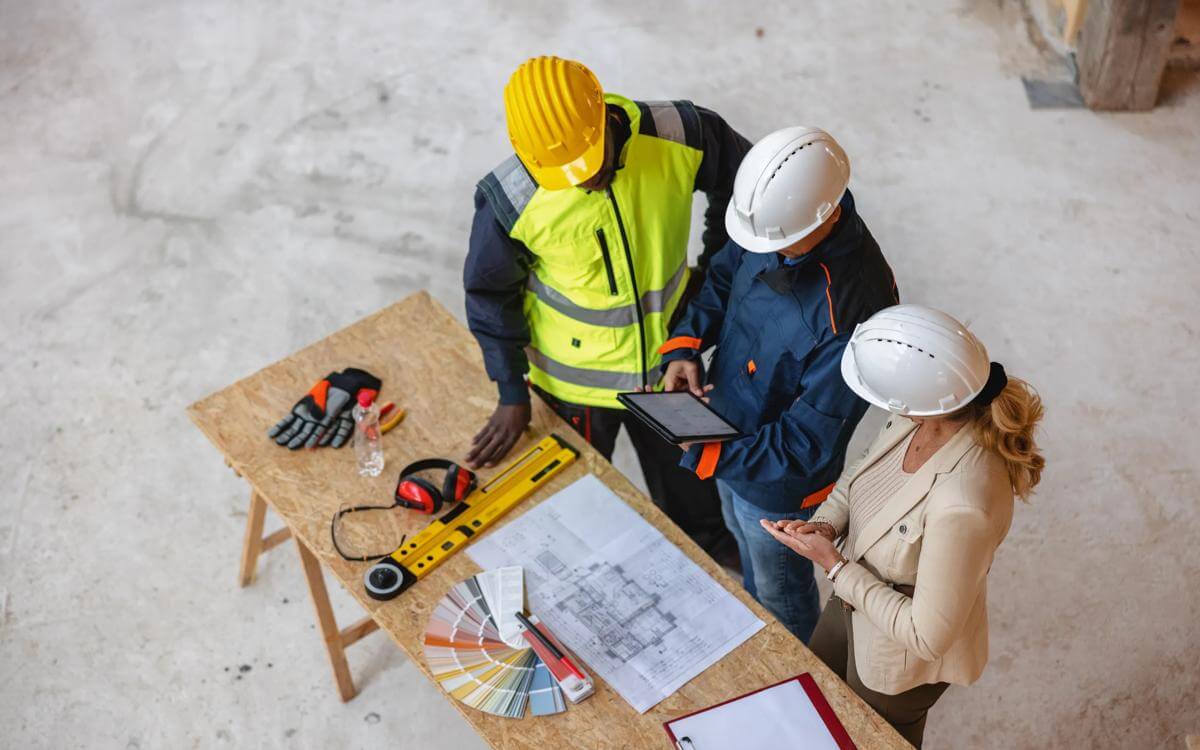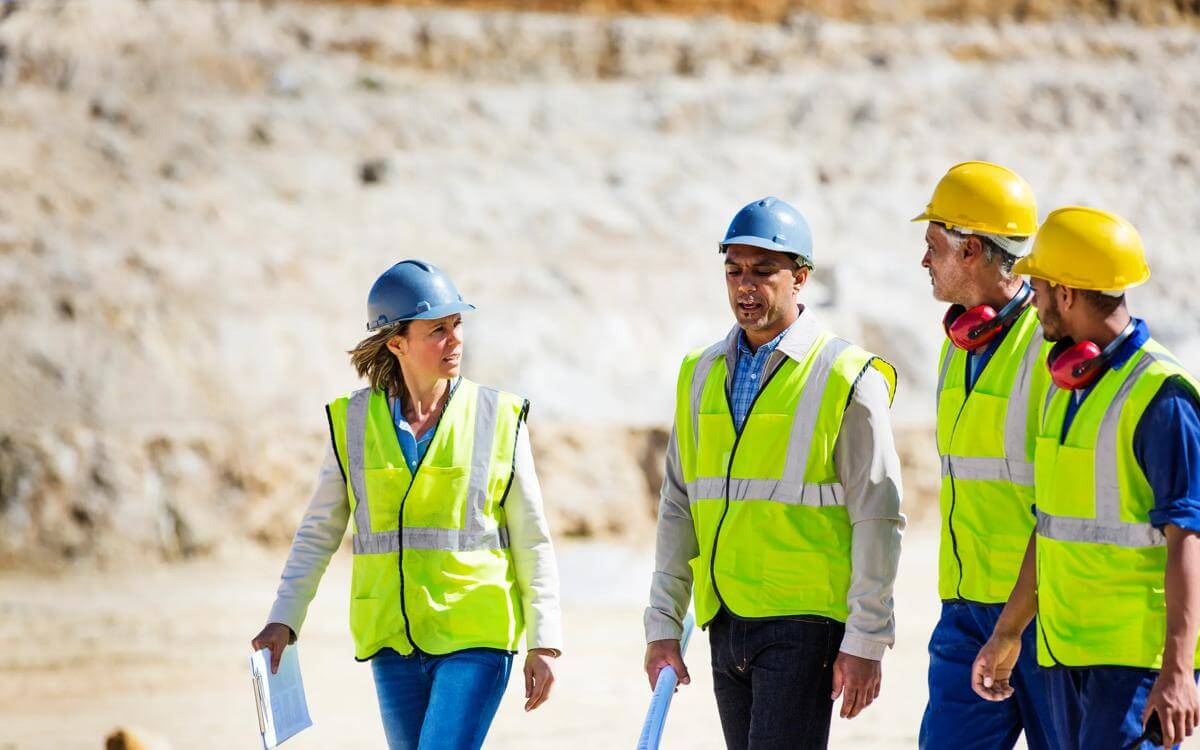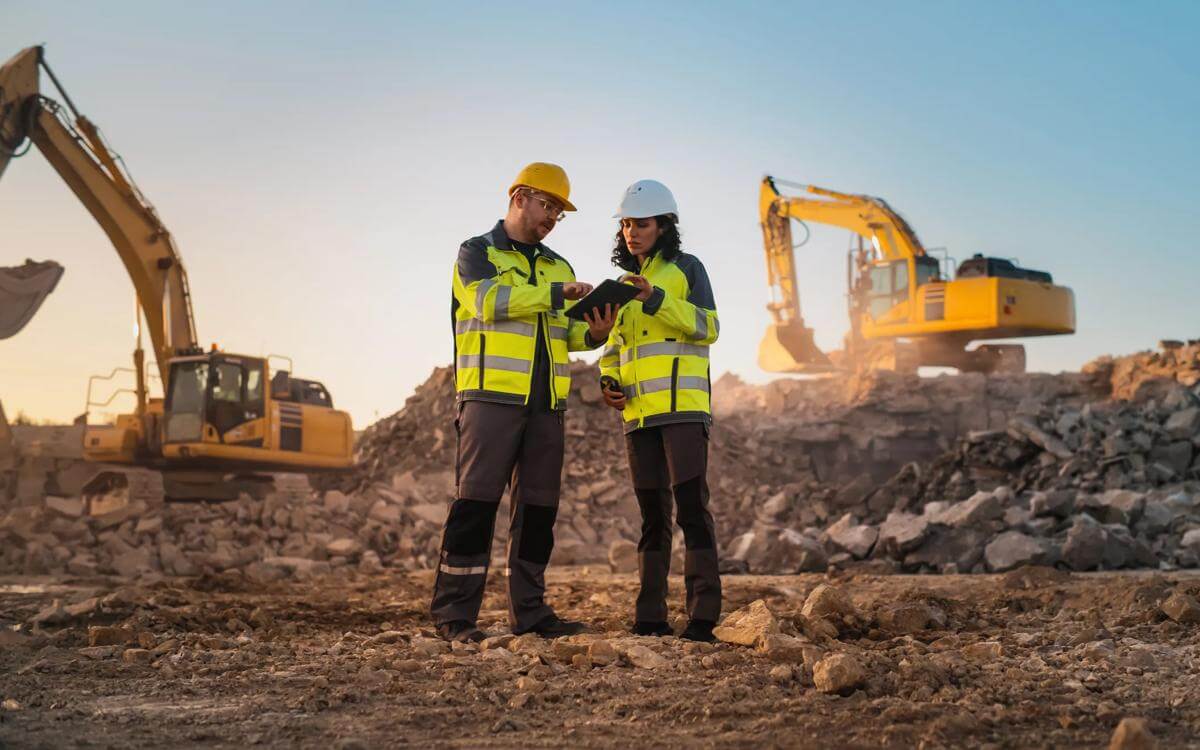At the start of the new academic year, the Department for Education (DfE) published a list of 156 schools and colleges where the presence of Reinforced Autoclaved Aerated Concrete (“RAAC”) was confirmed.
Although this has largely been in the news because of its use in schools and the impact it has had causing closures, the use of RAAC was not limited to use in schools, so all building owners, and those responsible for maintaining them, should be alive to these issues.
This article is intended to provide guidance on RAAC and the risks associated with it to higher education institutions’ landowners and tenants.
Why is RAAC problematic?
RAAC resembles conventional concrete but is a lightweight alternative that was used extensively in building projects across the United Kingdom from the 1950s through to the 1990s. However, subsequent examination revealed its inferior durability compared with traditional concrete – it has a lifespan of only 30 years, and it remains vulnerable to collapsing upon exposure to moisture.
In cases where RAAC is identified within structures, repairs and corrective measures are critical because of the speed at which it can deteriorate and collapse. Notably, a primary school in Kent saw its roof collapse just 24 hours after the initial indications of structural strain surfaced. Following this incident in Kent, the Office of Government Property issued a safety advisory outlining the perils associated with RAAC and explicitly stated that "RAAC is now past its useful life and prone to collapse."
How do we know if we have RAAC in our building?
RAAC was used in construction between the 1950s and 1990s, mostly in flat roofing, but also in floors and walls. RAAC is a cheaper alternative to standard concrete, and its short usable lifespan, (estimated to be as low as 30 years,) means that its use in permanent buildings is now causing deterioration to the fabric of those buildings, and indeed the risk of collapse.
If your buildings, or any parts of the university or college estate, was constructed within that period, and you think there is any chance you have RAAC on site, you should consult a suitably qualified professional (such as a structural engineer) to obtain a survey upon whether the structure in question contains RAAC.
Seeking advice
You should also seek advice within the survey on the building’s current condition and whether any appropriate management or remediation strategies can be put in place, or whether use of the building needs to cease.
Acknowledging RAAC as a foremost hazard, the DfE has released non-statutory guidelines to help those responsible for their management. Whilst the guidance is designed for schools, it may still provide a useful framework for those leading higher education institutions to work through if you suspect there is RAAC within your university’s estate.
If your buildings are affected, whose responsibility is it to repair them?
It is likely that the university will own the relevant building and will therefore the liability for maintenance and repair of the building will fall on the university. You will also be responsible for the safety of those who come onto the property.
However, it is possible that the building in question has either been leased to the university on either a short or long term basis or the university occupies the building by virtue of some other agreement. We have set out below the considerations you may want to have in either of these circumstances.
Tenant under a lease
If you are a tenant, the responsibility for building repair will be set by the provisions of your lease and you may need to review the terms to clarify whether you are responsible for making good any deterioration to the property. Each lease could contain any number of different provisions that would have various implications in relation to RAAC. It is crucially important if you do have RAAC in a building and you are a tenant of that you review the terms of your lease.
If the lease makes you responsible for making good any deterioration to the property, you will likely be responsible for either repairing any deteriorating RAAC or showing that there has been no deterioration in the condition of the RAAC and you therefore have no obligation to repair. However, the difficulty with RAAC is that deterioration is often not apparent until failure occurs, and it is unlikely that a structural engineer or surveyor would provide an unqualified report on any building which contained RAAC.
If you are responsible for making good deterioration to the property, it is likely that the lease will contain a provision allowing your landlord to inspect the property and serve notice requiring that any breach be addressed, and the lease will then set a time period within which you will be required to address the deterioration. There may also be an obligation upon you in the lease to notify the landlord of any structural damage to the property, or anything that may adversely affect the health and safety of any individuals at the property.
If the remediation works required are significant, they may amount to alterations which could also require landlord’s consent under the terms of your lease.
Licence or other more informal arrangement
As a licence or other more formal arrangement tends to be for a shorter period, they will often not impose obligations on you to undertake structural repairs, so you may well not be liable for repairs to RAAC. However, if you need use of the building this may still present a significant issue, particularly if the licence or informal arrangement does not set out who will be responsible for structural repairs.
Clearly the range of different arrangements which will be covered by such agreements is wide and it is impossible to provide generic advice, but it is important that if you do occupy under such an arrangement, and you have RAAC in the building, you seek legal advice to establish who is responsible for structural repairs and whether you will have to continue to pay the licence fee if the property cannot be occupied while those works are being carried out (since it is possible you may not).
Will I need planning permission or listed building consent when undertaking works?
It is important to establish whether the steps proposed to tackle any RAAC present will have implications under the Town & Country Planning system.
Demolition
Whether or not a specific proposed demolition requires any planning consent should be checked with a planning specialist - it may not be, but that is not always the case.
Historic Buildings
Is the building a listed building? If it is, works and/or alterations require separate listed building consent. Alternatively, is the building in a Conservation Area? This would be likely to have implications under the Town & Country Planning system.
Planning Consent for New Building
If a building is demolished a separate fresh planning permission is likely to be required for any replacement building and it is therefore important you check the position.
If substantial works are required, we recommend that a planning specialist is engaged as early as possible to discuss the proposals and to advise on compliance with the planning requirements. You should note that if planning permission is required it will take time to compile and submit the application, and further time for the application to be determined - think months rather than weeks.
Can I claim under warranties provided at the time the building was constructed?
Given the time passed since the widespread use of RAAC, and its limited intended lifespan, it is very unlikely that construction warranties will cover RAAC-related structural issues. However, you should still confirm the position.
Will my insurance cover the cost of works?
Deterioration of RAAC may not be considered an insured risk, but rather a maintenance and renewal issue, so your buildings insurance policies may not provide cover for repairs. If in doubt we suggest you check the terms of your buildings insurance or liaise with your insurer.
Support
We’re on hand to discuss any issues arising for you from the matters set out above, our team is highly experienced and well equipped to advise you on all related legal issues, including:
- Lease interpretation
- Construction contracts for remediation or demolition and rebuild works
- Sourcing of temporary buildings or alternative space
- Insurance claims.









































